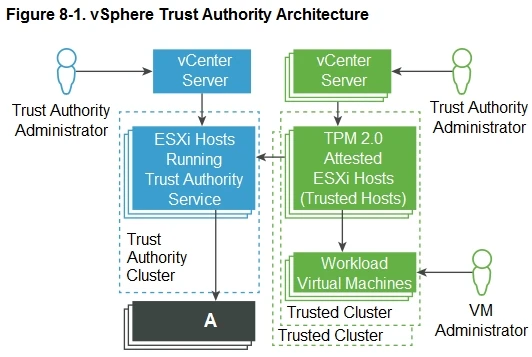Professional VMware vSphere 7.x
Here you have the best VMware 2V0-21.20 practice exam questions
- You have 109 total questions to study from
- Each page has 5 questions, making a total of 22 pages
- You can navigate through the pages using the buttons at the bottom
- This questions were last updated on December 17, 2025
- This site is not affiliated with or endorsed by VMware.
